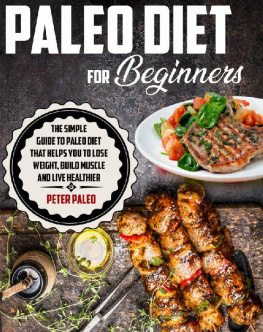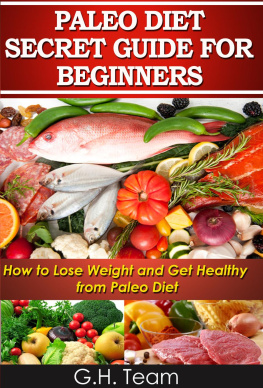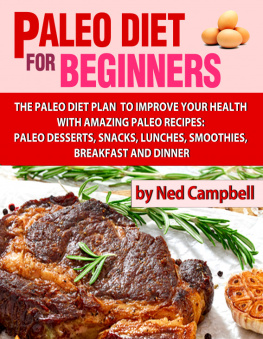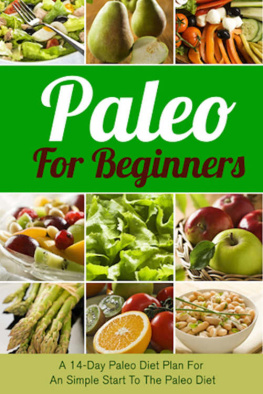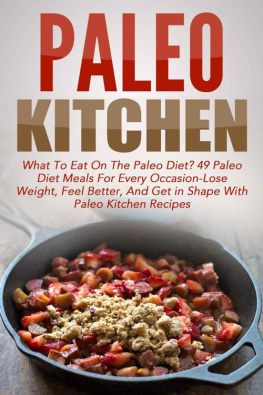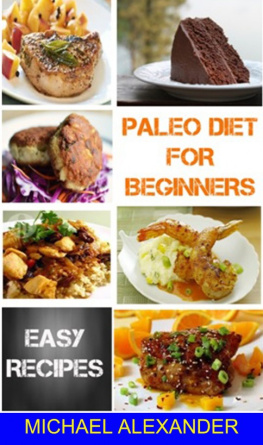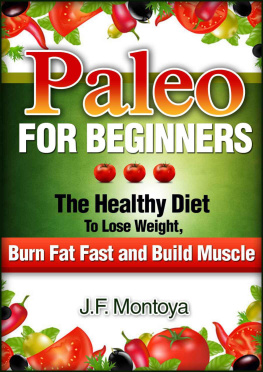Introduction
In 2014, the World Health Organization (WHO) reported that there are over 1.9 billion adults (18 years and above) who are overweight. Of this number, 600 million individuals areobese. Health experts consider the growing statistics of overweight and obesity a s alarmin g since according to WHO, both theconditions ar e linked to a lot ofdeaths worldwid e Individuals who are overweight and obese have a higher risk of developing health problems such as cardiac ailments, type 2 diabetes, hypertension, high cholesterol levels, stroke, different types of cancer and sleep apnea.
One way to determine whether your weight is normal, overweight, or obese, you can calculate your body mass index or BMI. To compute your BMI take your weight in kilograms and divide it by the square of your height in meters.
For example:
Weight:: 68 kg.
Height: 1.75 m
BMI= 68/(1.75)
22.20
And then use this table below to see whether your BMI range if your weight is ideal, normal, overweight or obese.
BMI | Category |
16.5 to 18.5 | Underweight |
18.5 to 25 | Ideal |
25 to 30 | Overweight |
30 to 35 | Obese |
35 to 40 | Clinically Obese |
40 and above | Dangerously Obese |
If your BMI is 25.0 and above, it means that yo u re overweight, and you need to do something about it.
Other than your BMI, another indication whether yo u re at risk of developing the health problems I mentioned above is your belly fat. According to the National Heart, Lung, and Blood Institute (NIH), having fat on your midsection rather than your hips, puts you at a higher risk of developing severehealth conditions; and your waist circumference can determine whether yo u re a candidate or not. Having a waistline of more than 35 inches for women and 40 inches for men puts them at more risk of having heart problems and type 2 diabetes.
Now yo u re probably wondering, what does the problem of overweight and obesity and its health risks have to do with the Paleo Diet? Well,tha t s because poor eating habits (diet filled with low nutrition food) is seen as one of the leadingcauses of overweight and obesit y and the Paleo Diet is the answer to preventing or even reverse being overweight.
Do n t worry if yo u re unfamiliar with Paleo, because this book contains all the information you need to know about the diet. Her e s what you will learn in this book:
- The principles of the Paleo Diet
- How th e moder n diet has affected your weight, and how Paleocan counter i t s effects
- The health benefits of going Paleo
- Tips on how you can ready yourself from going Paleo
- The foods that you should avoid and stock up on
- Delicious and easy-to-make Paleo recipes you can whip up in your kitchen
I congratulate you for taking the initiative to begin a lifestyle change by downloading this book. I hope youll find this book 30-Day Paleo Challenge: Change Your Life and Lose 15 Pounds with Paleo Diet helpful as you move towards a healthier version of you!
Now I challenge you to try out the 30-day paleo challenge and see how Paleo can change your life!
Best of luck!
Chapter 1: All You Need to Know About the Paleo Diet
I m pretty sure that even before you downloaded this book, yo u ve read or heard of the Paleo Diet at least once or twice. Well,tha t s because the Paleo Diet has gained popularity for being one of the most healthiest fitness diet with celebrities, athletes, and other cross-fitters following the principles of Paleo. In fact, Paleo was recognized as the most researched diets on Google in 2013.
What is the Paleo Diet?
Also known as th e Caveman Diet , the Paleo Diet is a nutrient-rich food regimen patterned from the diet of our hunter-gatherer ancestors (cavemen) of the Paleolithic Era. The principle of Paleo is simple: avoid the type of foods which were not available during the Paleolithic Era which means that modern foo d (grains, farm-grown meat, dairy, sweets, processed food, etc.) was eliminated in the Paleo Diet.
Although Paleo hasonly been popular in the year 200 s, it was actually in the early 1900s, 1913 to be exact, when Joseph Knowles suggested a healthier diet after a two-month experiment living in the wilderness. Knowles claimed that he became more fit and stronger after living as a hunter-gatherer, like that of our cavemen ancestors.
This idea was followed a few decades after when gastroenterologist, Dr. Walter L. Voegtin coined the ter m Paleo Die t in his boo k The Stone Age Die t which was published in 1975. In his book, Voegti n s suggests that 99.9% of the modern ma n s genetic code came from our hunter-gatherer ancestors, and this means that our bodies naturally survive on the diet like that of our ancestors from the Stone Age.
This idea has also gained the interest of a few scientists and anthropologists who also published research papers about the diet. It was however only in the year 2013 when the Paleo Diet gained immense popularity from the public after nutrition expert Loren Cordain launched the Paleo Diet Movement.
Wha t s wrong with th e Modern Die t ?
As you now know, the basic idea of the Paleo Diet is to avoid all types of food which werenot available during the Stone Age. So wha t s wrong with th e modern die t ?
Simply by comparing the physical state of an average caveman to an average modern-day man, you can already see that cavemen were lean, strong, and agile while the modern man is physically unfit and is sluggish. What could be the reason why man has transitioned from being fit to become overweight?



